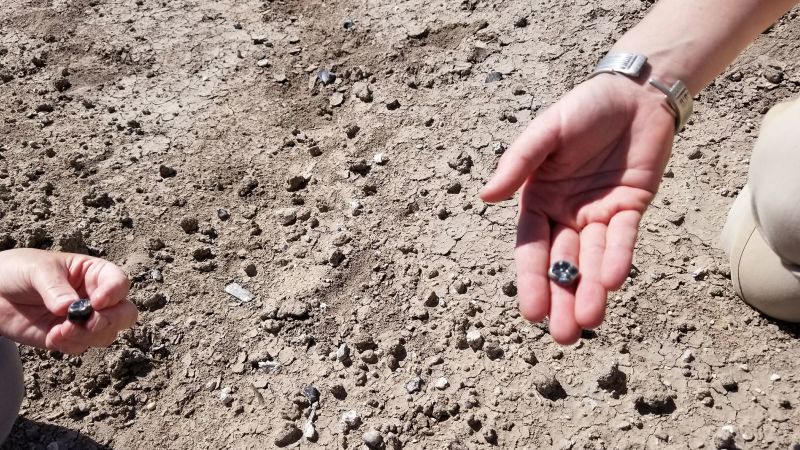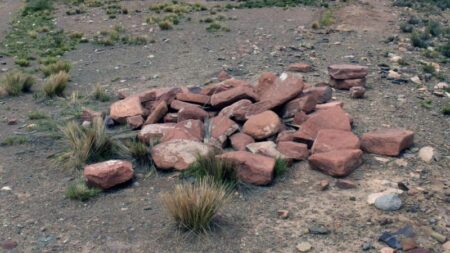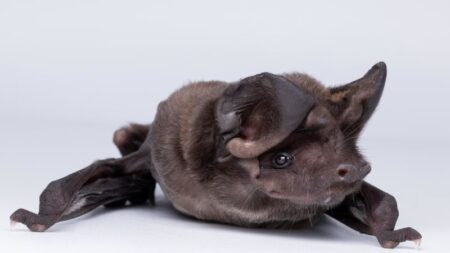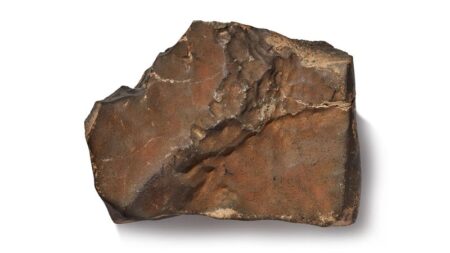Recent archaeological discoveries in northeastern Ethiopia have unveiled fascinating insights into the evolution of human ancestors. Specifically, ancient fossilized teeth found in the Afar region indicate the presence of two distinct hominin species living in close proximity around 2.6 to 2.8 million years ago. This revelation suggests that one of these species may be previously unknown to science, thus reshaping our understanding of early human ancestry.
The excavation project, ongoing for years, has successfully uncovered ten teeth attributed to the genus Australopithecus and three that belong to the genus Homo, which includes modern humans or Homo sapiens. These findings were detailed in a recent publication in the prestigious journal *Nature*. Previously, it was assumed that the emergence of Homo species followed that of Australopithecus, but this overlap in their fossil records challenges that notion. While Australopithecus species are characterized by their upright walking abilities and smaller brains akin to those of apes, Homo species are recognized for their larger brain sizes.
This discovery emphasizes that human evolution was not a straightforward linear process but rather a complex, tree-like structure with various branches that existed simultaneously. Kaye Reed, a co-author of the study and a prominent figure at the Institute of Human Origins at Arizona State University, mentions that the common perception of evolutionary progress from ape-like creatures to modern humans is misleading. The coexistence of these two hominin species signifies a rich diversity among early ancestors.
Reed co-directs the Ledi-Geraru Research Project, which has been pivotal in revealing the history of early Homo species since it began in 2002. Among its remarkable finds is the oldest Homo jawbone discovered, dating back 2.8 million years. The project also seeks signs of Australopithecus afarensis, an ancient relative exemplified by the famous fossil named Lucy. Existing records indicate that Australopithecus afarensis, appearing 3.9 million years ago, vanished around 2.95 million years ago, leading to the speculation of an extinction predating the arrival of the Homo genus.
Lucy, discovered in 1974 and notable for being shorter than modern humans, provided critical evidence that ancient relatives walked upright around 3.2 million years prior to today’s timeframe. The newly found Australopithecus teeth, discovered between 2018 and 2020, have sparked interest as they do not align with previously known species, hinting towards a potential new species within the Australopithecus lineage.
The teeth were uncovered within the Afar region, a significant area for paleoanthropological research and characterized by a wealth of ancient fossils and early stone tools. The Afar area is currently an active geological rifting zone, which both adds complexity to the local environment and provides unique opportunities to uncover layers of sediment that document almost five million years of evolutionary history.
Christopher Campisano, another study author from the Institute of Human Origins, emphasizes the geologic volatility of the Afar region, which reveals older sediment layers and allows researchers to date volcanic eruptions that shaped the landscape. The specific Australopithecus teeth studied are dated to approximately 2.63 million years ago, while the Homo teeth show ages of 2.59 million and 2.78 million years ago. Caution prevails among the researchers as they seek additional fossils for a more precise understanding of both genera’s taxonomy.
Brian Villmoare, the lead author of the study, highlights the difficulty of distinguishing between species based on dental remains. The characteristics shared among the teeth indicate similarities with Australopithecus afarensis; however, unique features discern those from other known hominin groups. Archaeological processes are painstaking, particularly when locating individual teeth amid a vast landscape; local expertise has been pivotal in aiding these discoveries.
Experts like Dr. Stephanie Melillo, who specialize in paleoanthropology, note the significance of this study in illuminating gaps in our understanding of the evolutionary timeline, especially for the period between three million to two million years ago, often termed a scientific mystery due to the scarcity of fossil evidence.
The Afar region holds promise for future discoveries, with its structured basins acting as natural sediment collectors. This research indicates the presence of another hominin species alongside Homo, further cementing the idea that Australopithecus was not isolated in its evolutionary journey. With ongoing studies examining the environmental conditions of the time, including dietary habits and resource competition among these early ancestors, researchers hope to uncover even more about how these hominin species coexisted. The project leads are optimistic that as more fossil evidence comes to light, they may be able to weave a clearer narrative of humanity’s complex origins.












